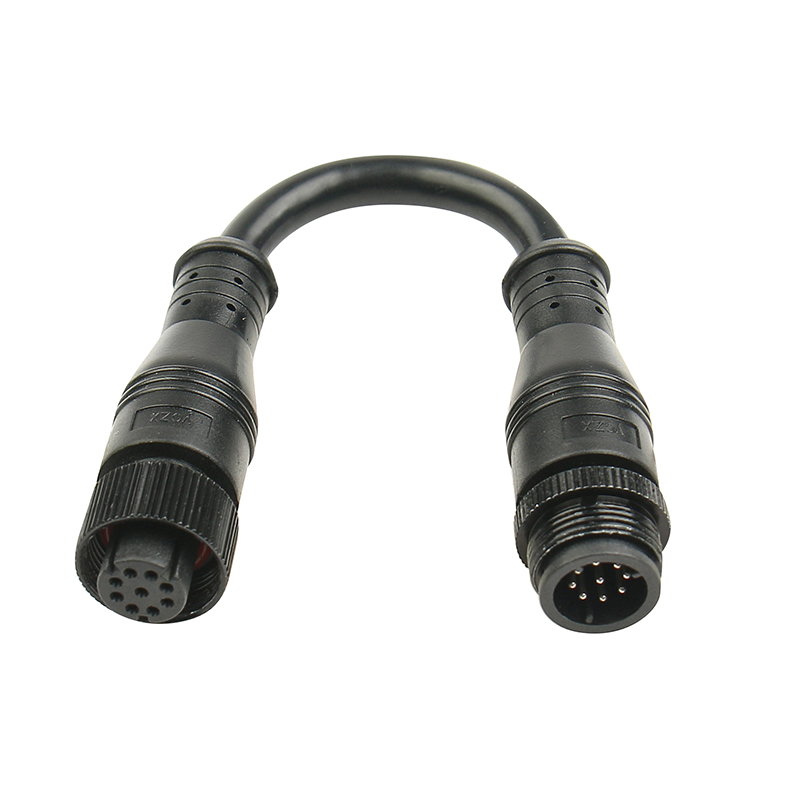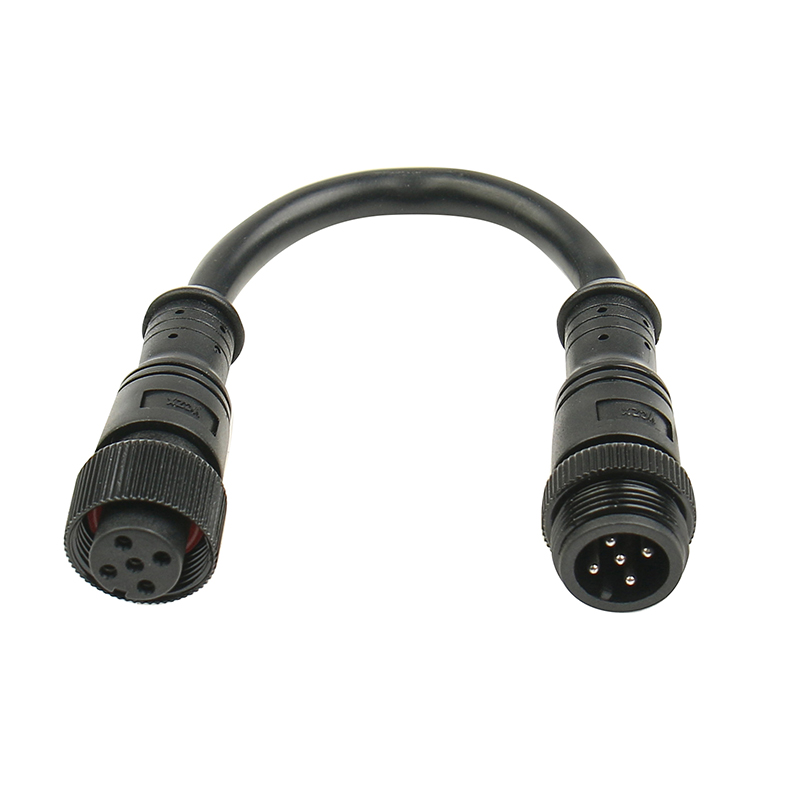News


News

Material Science of Waterproof Butt Connectors: How Housing and Contact Materials Define Performance
Release time:2025-04-02
viewed:249
Waterproof butt connectors are essential for reliable electrical connections in harsh environments. Their performance depends on the materials used for their housing and contacts. This article explores the science behind these materials, focusing on durability, conductivity, and environmental resistance.

The outer shell of a waterproof butt connector must endure mechanical stress, chemicals, and extreme weather. Here’s how common materials compare:
Strength & Flexibility: Offers high tensile strength (80–90 MPa) and impact resistance, making it ideal for vibration-heavy environments like automotive engine bays.
Chemical Resistance: Resists oils and fuels but degrades in strong alkaline solutions.
Temperature Range: Stable from -40°C to 120°C.
Best For: Industrial machinery and outdoor LED lighting.
Toughness: Exceptional impact resistance (600–900 J/m), outperforming nylon in drop tests. Transparent variants allow visual inspections.
UV Resistance: Blocks 99% of UV radiation, preventing brittleness in solar installations.
Weakness: Vulnerable to solvents like acetone.
Best For: Solar panels and marine electronics.
Sealing: Combines rubber-like elasticity with moldability, creating watertight seals without separate O-rings.
Temperature Limits: Rated for -50°C to 90°C.
Best For: Consumer electronics and DIY outdoor projects.
The conductive core determines electrical efficiency and longevity. Key materials include:
Pros: Excellent conductivity (100% IACS) and cost-effective.
Cons: Prone to oxidation in humidity.
Use Case: Short-term indoor projects.
Pros: Resists oxidation in humid environments.
Cons: Higher resistance than silver or gold.
Use Case: Automotive wiring and outdoor lighting.
Pros: Superior conductivity (105% IACS) and arc resistance for high-current applications.
Cons: Tarnishes over time but remains functional.
Use Case: Industrial motors and renewable energy systems.
Pros: Zero oxidation in saltwater and ultra-low resistance (<5mΩ).
Cons: High cost limits use to critical systems.
Use Case: Aerospace and underwater robotics.

Challenge: Saltwater corrodes boat battery connections.
Solution: Gold-plated contacts + polycarbonate housings.
Result: 5+ years of stable performance.
Challenge: UV degradation and sand abrasion.
Solution: UV-stabilized nylon + silver-plated contacts.
Result: 20% lower maintenance costs.
Graphene Coatings: Could reduce contact resistance by 50% while preventing corrosion.
Bio-Based Polymers: Sustainable TPE alternatives from plant oils.
Self-Healing Housings: Microcapsules repair cracks automatically.
Choosing the right materials for waterproof butt connectors ensures reliability in demanding environments. Whether prioritizing impact resistance (polycarbonate) or corrosion-proof conductivity (gold plating), understanding material science unlocks long-term performance.